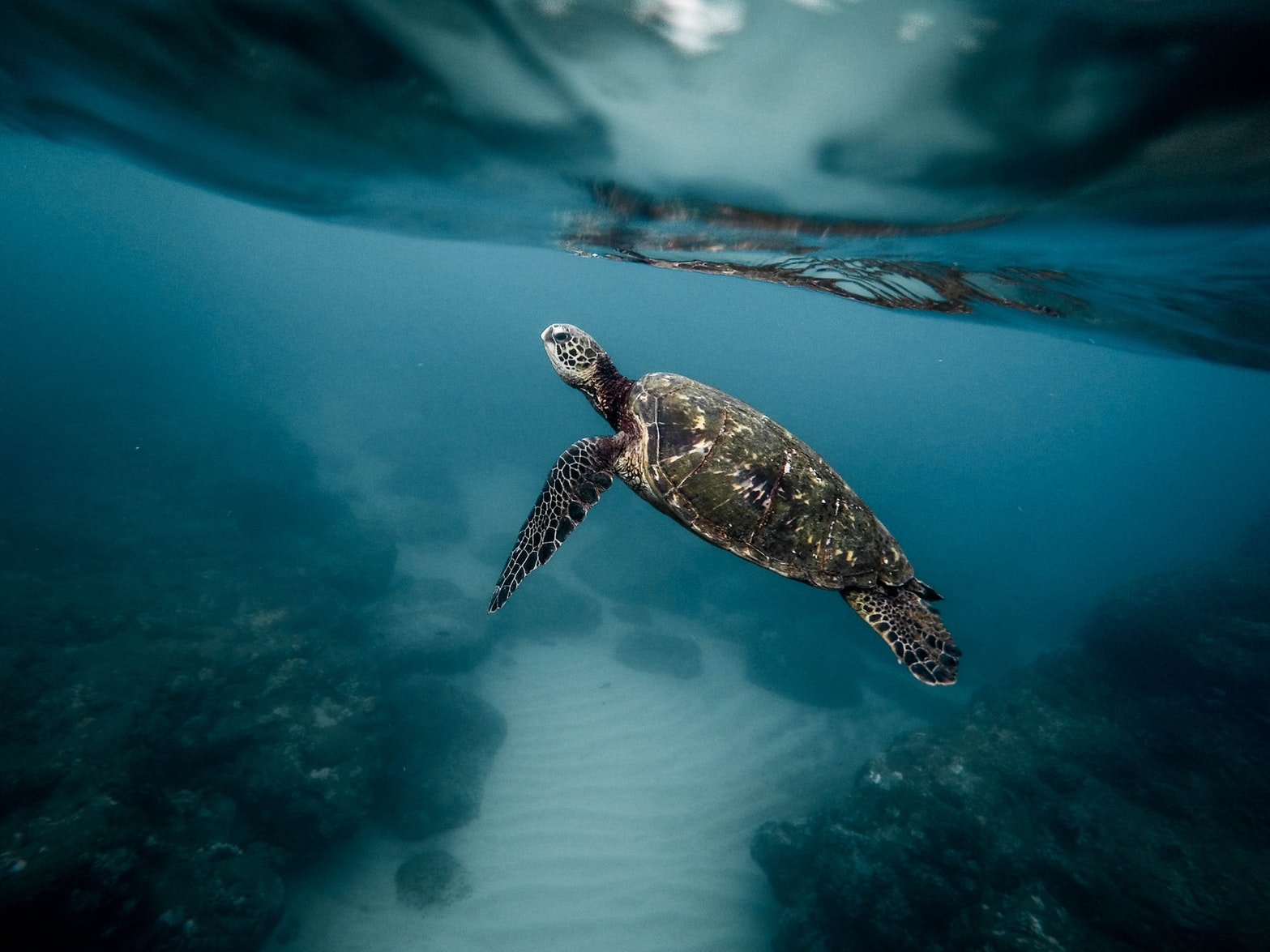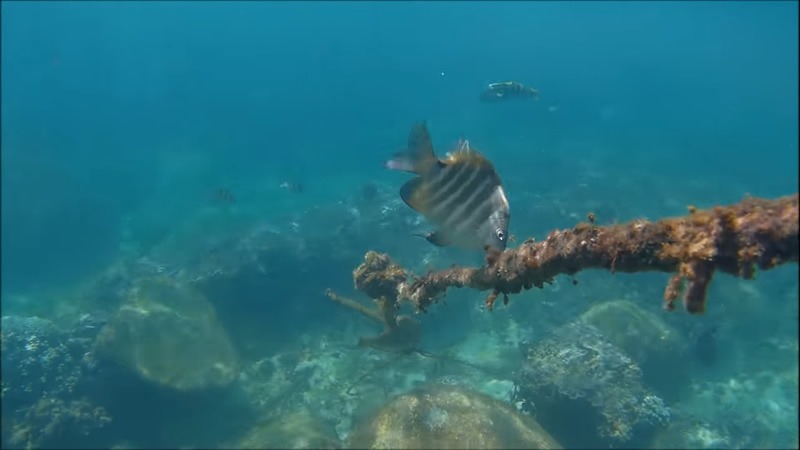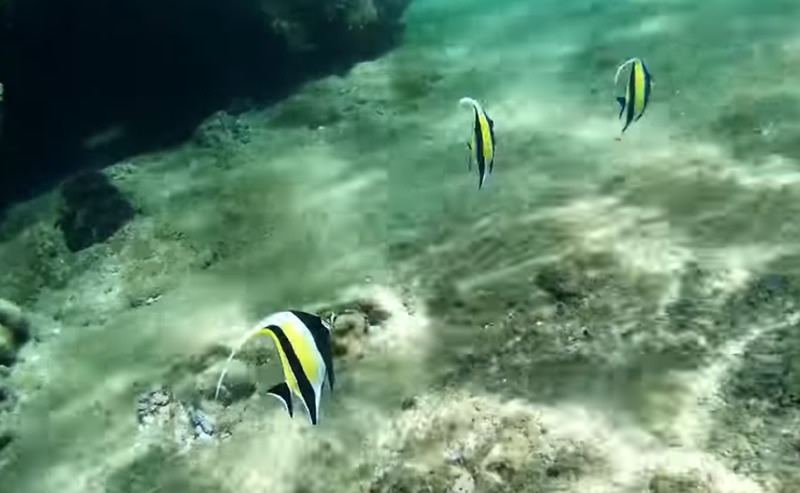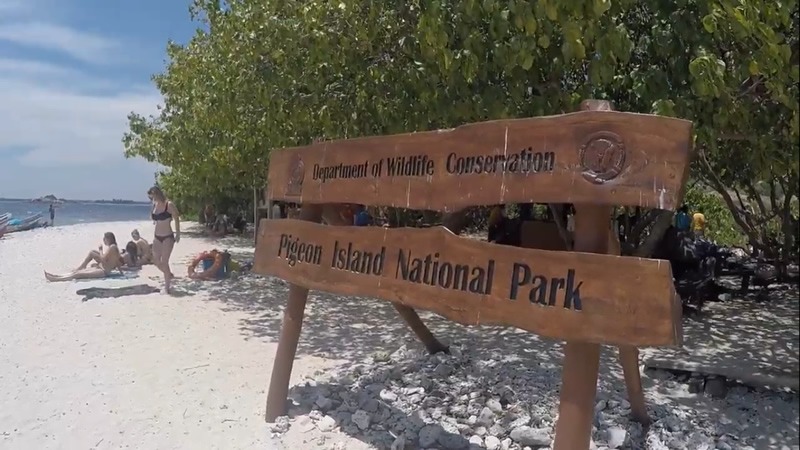Hidden Coastline of Sri Lanka
Sri Lanka beach holiday
Lying elbow-to-elbow with strangers on the beach while sunbathing, is a common experience for many travellers, who choose popular beaches along Sri Lanka’s west coast, east coast and southern sea border. There is still a stretch of beach, known as pigeon island Sri Lanka, which is not known to most travellers around the world, the beach lies off the beaten track and keeps hiding from the naked eyes of the mainland.
Some places are remote and some others can be reached easily. But if you wish to enjoy solitary in an isolated island, far away from the crowd, lying on the beach yourself while enjoying the natural beauty of a small island, its worth to venture into pigeon island of Sri Lanka. There are no sandcastles, and no footprints on the shore, while hordes of tourist and flea markets have no presence, it is a place of solitude at its best.
Sri Lanka beaches on the south and west
Usually, the most beaches along the southern and western Sri Lanka attract the largest portion of tourist traffic while east coast beaches remain least crowded beaches of Sri Lanka. The travellers encounter hordes of tourists on the western and southern coast beaches, especially from November to April.
Contrary to western coast beaches, even though the east coast of Sri Lanka is the home for some of the finest and most beautiful beaches, by far they are the least crowded beaches in Sri Lanka. You might encounter some tourist from April to November in several places on the east coast, mainly due to the rainy conditions in the western province, but the rest of the year the beaches are abandoned.

Some of Sri Lanka’s best beaches such as Arugam bay, Nilaveli, Pasikudah and Kalkudah strung between Trincomalee and Yala national park in southern Sri Lanka, where isolated mountains and patched of forests tumble into the sparking torque water of Indian Ocean.
Nature of Sri Lankan beaches
Sri Lanka is a small island, that lies just south of India and has a 65610sq km of land. Unlike the Maldives, Sri Lanka does not have a ring of small islands that are inhabited by the human, while some others are converted to resorts.
There are only a few islands around the mainland of Sri Lanka and Pigeon Island is one of them, which remain isolation and maintain a distance from the mainland. Being away from the mainland is the reason for it’s solitary and there is no human inhabitation on the island. Pigeon Island remains one of the best-kept secrets on the island and it has a beautiful sandy beach, elemental feel and its diving sites remain low-key.
The island has a rugged and rocky nature resulted through the sea erosion over the last several millennia and geologists believe that it had been a bigger island; however, today it is a small island due to the erosion. Owing to the absence of human, the island has not a speck of litter and beautiful, sandy beaches tempt anyone to spend some time on the beach. The only the animal that can be spotted here are the pigeon they have nests on the trees, which are about 10-15 feet height and about a dozen of trees can be seen in the island.
The boat is the only way of getting to the island and the travellers can land directly on the shores of the island. However small motorboats can reach the island as the sea is very shallow and has a sandy sea bottom near the island.

The hidden island came to fore in 2003, as it was declared as a marine sanctuary until then it was a secret island to the world. Sandy beaches with unspoiled shallow water teeming with corals and other sea creatures are well worth to venture upon. In fact, Pigeon Island is better known for its rich underwater paradise, which is a well-hidden colourful world under the water and unspoiled beach.
There are no noteworthy trails on the island as to most such islands. However, some footwork in the island allows you to discover Sri Lanka’s best off-the-beaten-track beach, the beach around the island are less than 1 km long, and it takes only 30 minutes to cover the entire circle.

Usually, the torque water of east coast beaches are very clear, so is the water around the pigeon island, which is crystal clear and making it easy to spot all the creatures that occur in the water.
The base of the marine sanctuary is the island and coral reefs in many different shapes are litter around the island, most of these corals are live corals. However, there are few places looks like a graveyard, without live corals, and no fish to be seen in those areas, sometimes existing live corals are damaged, due to the human activities.
Exploring pigeon island marine sanctuary
“The sanctuary around here was very colourful with corals and full of fish about a few months back, just before the uncontrolled tourist intervention started here,” Eric said, who is with us to help to explore the marine sanctuary.
“The travellers, who come here walk on the corals, which are very harmful to these very sensitive creatures moreover it can harm the people as well because it can cause them to have bruises and cuts on the foot, even some of them break corals to take home.” He showed his resentment on the unruly behaviour of some travellers. However, according to Eric Nilaveli is still very much intact and place to have free and unique snorkelling as well as diving experience.

Eric is one of the few diving instructors that help visitors to explore the rich underwater world in the Nilaveli marine sanctuary. These diving instructors organize daily snorkelling and diving session to the marine sanctuary and travellers can get hold of them in Nilaveli, which is the starting point of boat tours to Pigeon Island.
A few dozens of boat operators are making daily boat trips to the island on request of visitors, these small motorboats take around 15 minutes to reach Pigeon Island, that lies about 1 km from the Nilaveli beach.
There are only two marine sanctuaries on the island, Hikkaduwa and Nilaveli, Hikkaduwa is the first marine sanctuary in Sri Lanka, it had been a very rich of corals and exotic fish species but most of the corals at Hikkaduwa damaged now, due to the natural phenomenon known as El-Nino and human activities. The conservationists fear that same fate would fall upon the Pigeon island marine sanctuary at the wake of increasing divers and snorkeler in the marine sanctuary.
If you have your own gear, you can swim anytime during the south-west monsoon period (from November to April), or it is possible to hire fins, masks, tanks from the driving instructors.






